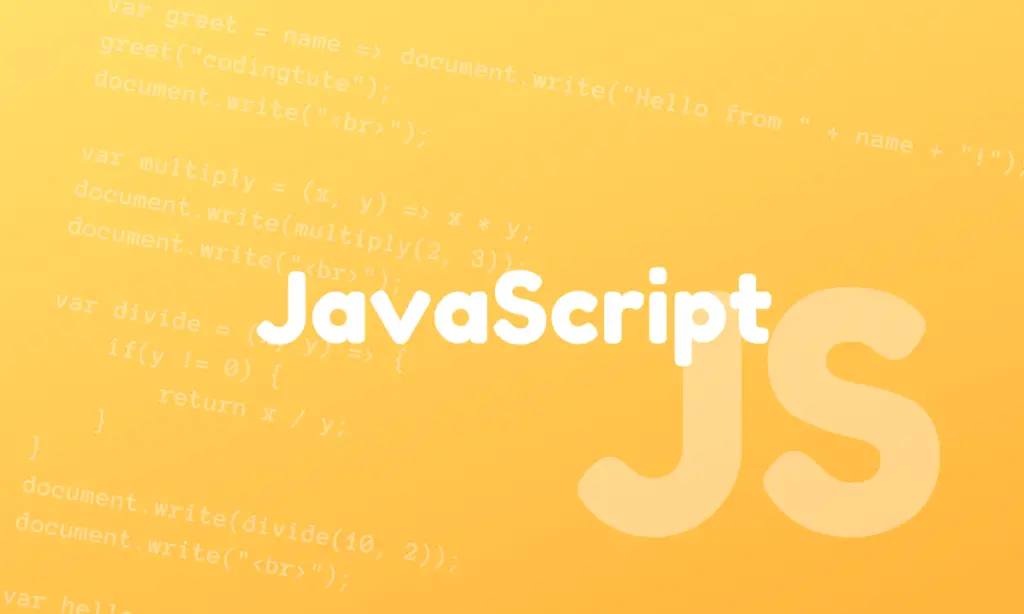Arrow functions are a shorthand syntax for defining functions in JavaScript. They use the => syntax and are often used as a concise alternative to traditional function expressions.
Here is an example of an arrow function that takes a single argument and returns a value:
let square = (x) => {
return x * x;
};
console.log(square(5)); // 25
In this example, the square function takes a single argument x and returns the square of x.
If an arrow function only has a single argument, you can omit the parentheses around the argument list. For example:
let square = x => {
return x * x;
};
console.log(square(5)); // 25
If an arrow function only has a single expression in its body, you can omit the curly braces and the return keyword. The value of the expression will be automatically returned. For example:
let square = x => x * x;
console.log(square(5)); // 25
Arrow functions do not have their own this value. Instead, they inherit the this value from the surrounding context. This can be useful when working with object-oriented code, as it allows you to avoid using bind, apply, or call to set the this value explicitly.
Here is an example of using an arrow function as a method on an object:
let person = {
name: "John",
greet: () => {
console.log("Hello, " + this.name);
}
};
person.greet(); // "Hello, undefined"
In this example, the greet method is an arrow function that logs a greeting to the console using the this.name property. However, since the this value is inherited from the surrounding context, it is undefined inside the arrow function. To fix this, you can use a traditional function expression instead:
let person = {
name: "John",
greet: function() {
console.log("Hello, " + this.name);
}
};
person.greet(); // "Hello, John"
Arrow functions are not suitable for all cases, and you should use traditional function expressions or function declarations when appropriate. In particular, you should avoid using arrow functions for object methods, as they do not have their own this value and can lead to confusing behavior.
You can find the complete JavaScript Tutorials here.
Follow us on Facebook, YouTube, Instagram, and Twitter for more exciting content and the latest updates.


